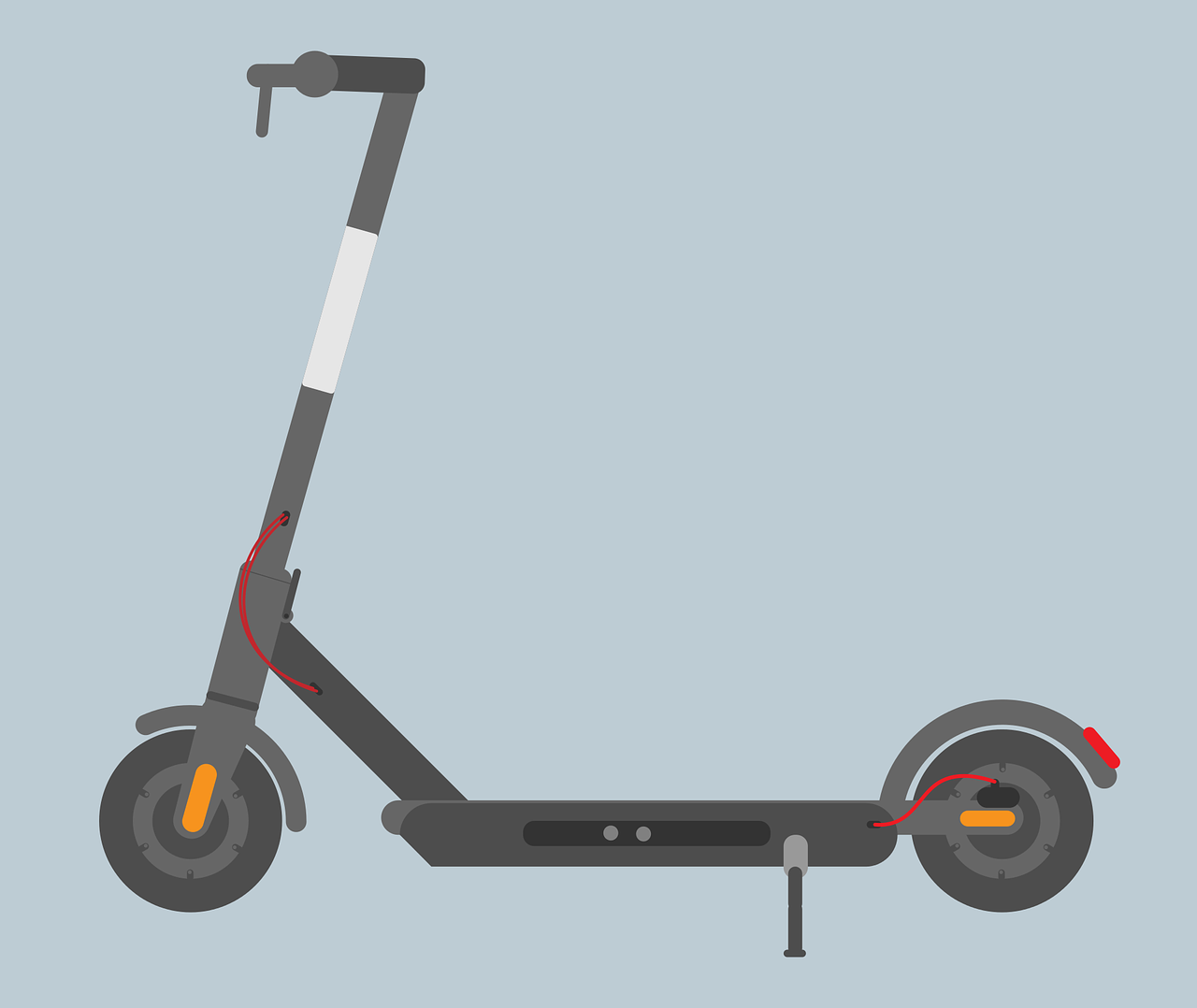Solar Power Tower
(This is a series of articles on the various technologies that can be employed to trap the sun’s energy. This is the 7th part of the series.)

A solar power tower is also called as a ‘Central Tower’ or ‘Heliostat’ power plants. It is basically a kind of solar operated plant that utilizes a tower design to focus the sunlight incident on it. The mirrors focus the sunlight onto a central tower acting as the receiver in this case. Some of the early designed projects utilized water to directly generate steam which ran a turbine but now molten salt is employed.
The sunlight focused by the mirrors (heliostats) is directed to the tower (receiver) which is then utilized to heat up molten salt mixture which in turn generates steam that drives the turbine for the generation of electricity. Molten salt system allows storage beyond the daylight hours for use during night. The molten salt is pumped from a cold tank at 290ºC which is then heated to 565ºC and then pumped to a hot tank for storage. Whenever electricity is required depending on usage, this hot tank supplies the heated salt which is utilized to generate steam. After heating, it again returns to the cold tank. The cycle is then repeated.
Read more about molten salt here- http://greencleanguide.com/2012/08/23/an-introduction-of-concentrated-solar-power/
Two highly successful power towers have functioned demonstrating their capacity.
- The 10-MW Solar One plant near Barstow, CA, that produced over 38 million kilowatt-hours of electricity in its operation from 1982 to 1988. was the world’s largest power tower plant. It aptly demonstrated the ability to generate 10 MW for eight hours a day at summer solstice and four hours a day near winter solstice.
- The Solar Two plant was an improvement over the Solar One and utilized molten salt technology. It delivered power for 24 hours in one experiment for a week before interruption because of clouds. IT produced electricity to the tune of 10 MW and operated to three hours after sunset.
Advantages:
- The inherent advantage of a solar power tower is that the concentration of light onto one single receiver (the tower) yields higher temperatures.
- The mirrors in a solar power tower system receive sunlight by tracking the sun at two axes. This is more advantageous as it can receive sunshine even when the sun is low in the sky as is the case during winter months or even at dawn and twilight. More sunshine is effectively utilized.
- Solar power towers are environmentally sound systems.No hazardous gases or liquid emissions are released. If a salt spill occurs, the salt will freeze before significant contamination of the soil occurs. It can then be picked up with a shovel and can be recycled if necessary.
Disadvantages:
- A very large area of land is required and are therefore suitable for areas like desert.
- Efficiency is less than stirling systems. http://
greencleanguide.com/2012/10/ 03/stirling-solar-dish/ - A rigid structure and more support is needed for the large number of mirrors used.
- Wind causes problems with the mirrors which can affect efficiency.
Europe’s first commercial concentrating Plant Solar 10 or PS10 solar power tower operates near the Southern Spanish city of Seville. The 11 megawatt (MW) solar power tower produces electricity with 624 large movable mirrors.
Image credit: Afloresm, On Wikipedia


